- In Japan, various types of agricultural robots have been put to practical use on land in recent years, including robots for weeding in rice paddies and tea plantation-management robots, and autonomous drones for pest control.
- Coordinated control of small robots will be a trend in future research and development. This technology is effective for small-scale farming in Japan and is also attracting attention in Europe and the United States.
- In recent years, research on smart agriculture utilizing 5G and AI as well as robots working in agricultural facilities or for in-house harvesting have been also conducted.
The labour shortage in Japanese agriculture is serious. For example, the number of core persons mainly engaged in farming has decreased by 15% compared to five years ago. The population is also ageing, with the average age of farmers now 68 years old, and 65% of farmers are 65 years old or older. The development of super-labour saving technologies, including robots, will be essential for the sustainability of Japanese agriculture. On the other hand, looking globally, it is estimated that the world population will reach 9.8 billion in 2050 and that the demand for food will increase by 60% from the current levels, which will cause an imbalance between the supply and demand of food in the world, resulting in food shortages in the future. Furthermore, the labour shortage that Japanese agriculture is facing is common in both developed and emerging countries. The number of agricultural workers is decreasing, especially skilled human resources, and robotisation is in high demand internationally.
In Japan, agricultural robots that work unmanned were implemented in society in 2018, ahead of the rest of the world. These robots already include tractors and rice transplanters, are equipped with obstacle detection sensors and can work safely. However, it is assumed that a person visually monitors the robot’s work besides the agricultural robot. On the other hand, not only tractors and rice transplanters but also various types of agricultural robots have been put to practical use on land in recent years, including robots for weeding in rice paddies and tea plantation-management robots, autonomous drones for pest control etc. To ensure the safety of these unmanned machines, in March 2017, the Ministry of Agriculture, Forestry and Fisheries established “Guidelines for ensuring the safety of agricultural robots.”
Currently, the next technology, after this visual-monitoring agricultural robot that allows one person to manage multiple robots through remote monitoring, is under development by industry, academia, and government. Furthermore, this remote-monitoring robot is also capable of automatically moving between fields. The Japanese government has set a KPI of 2020 for the realisation of agricultural robots that automatically move between fields and monitor them remotely. However, due to legal issues as well as technical challenges, social implementation has not yet been realised. This remote monitoring robot work system allows multiple robots to work simultaneously within a region, and a single observer in the robot control room can manage robots working in multiple fields. The system enables robots to work simultaneously in dispersed fields and to move autonomously between fields, which can significantly improve work efficiency.
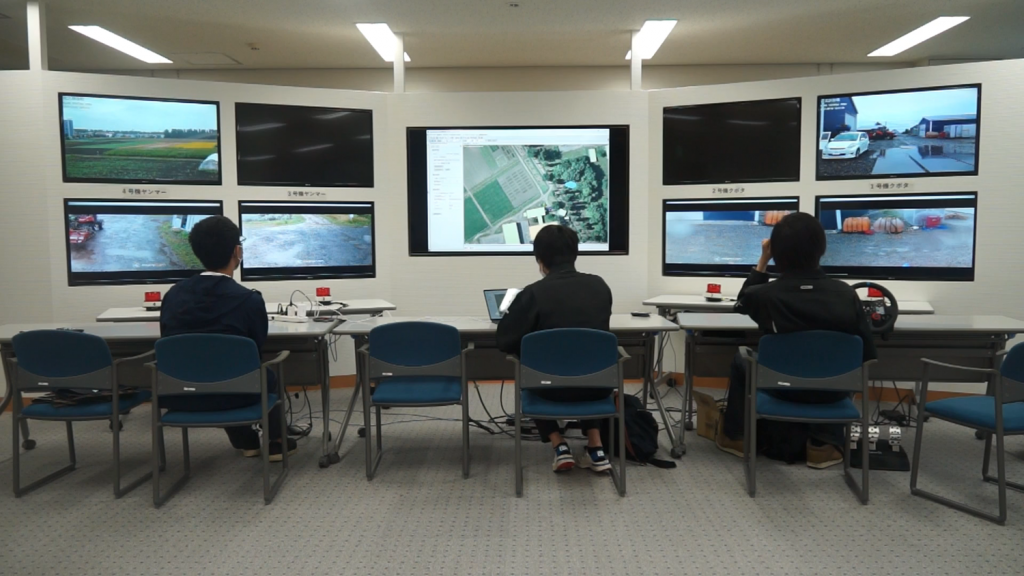
Agricultural robot control room
Coordinated control of small robots will be a trend in future research and development. Needless to say, this technology is effective for small-scale farming in Japan, but it is also attracting attention in Europe and the United States. In these regions, where large-scale farming is currently practised, soil compaction by large machinery deteriorates the growing environment for crops, and the energy consumed in hardpan crushing, which is indispensable as a countermeasure, is increasing. In addition, the width of large tractors has reached its limit, and, in some countries, legal restrictions prevent them from travelling on roads. Under these circumstances, the design concept of coordinated control of small robots has the potential to bring about a major revolution not only in Japan but also in agriculture worldwide.

Coordinated control of small robot tractors
In recent years, research on smart agriculture utilising 5th generation mobile networks (5G) and artificial intelligence (AI) has also been conducted. One example is a robot that can apply fertiliser precisely based on crop growth using AI and high-resolution images, and can detect and respond to disease and insect damage at a very early stage. It is an intelligent system that uses 5G for data transmission and analyses data in the edge cloud. In addition, research on robot boats for paddy field management and autonomous drones that not only spray pesticides but also collect growth information is also on the international research agenda.
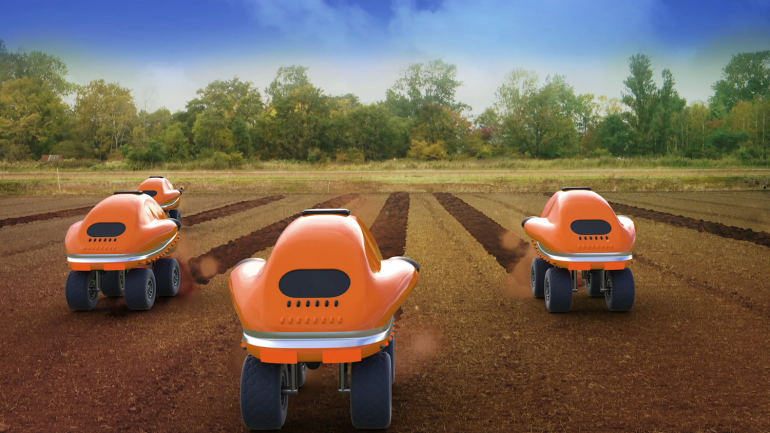
Next-generation smart robots utilising 5G and AI
Source: Nippon Telegraph and Telephone Corporation (NTT)
Robots working in agricultural facilities such as cattle sheds, and greenhouses are also being researched and developed. In dairy farming, milking robots, suckling robots, and automatic feeding devices have already been put to practical use and have contributed greatly to labour savings. In greenhouse horticulture, the trend is toward smarter farming. In horticulture, most tasks, such as raising seedlings, managing, harvesting, preparing, and shipping, are still done manually, and there is a serious labour shortage. For example, in strawberry production, the total labour time for seedling cultivation, planting, management, harvesting, preparation, and shipping amounts to 2,019 hours per 10 a., which is 80 times longer than the 25 hours per 10 a. needed for rice cultivation.
Currently, research and development of in-house harvesting robots are underway for strawberries, tomatoes, peppers, cucumbers, asparagus, and other crops. The three elemental technologies required to develop a robot to harvest these fruits and vegetables are (1) fruit-sensing technology, (2) fruit-handling technology, and (3) moving technology. The technological challenges lie in the fruit-sensing and handling technologies. The sensing technology is to recognise ripe fruit and measure its position. The use of AI has been studied but is still under development.
Harvesting by a robot is slower than human harvesting. However, it is attractive to maximise the effect of introducing robots by producing high-valued fruits, vegetables, flowers, and other high-priced agricultural products on a large scale in a corporate organisation. There is also the possibility of exporting fruits such as strawberries targeting the Asia-Oceania region, and robots for horticultural facilities are a promising technology. Next-generation horticulture is expected to evolve into an automated and optimised system covering the entire food supply chain from production to consumption, enabling the tailor-made production demanded by consumers.
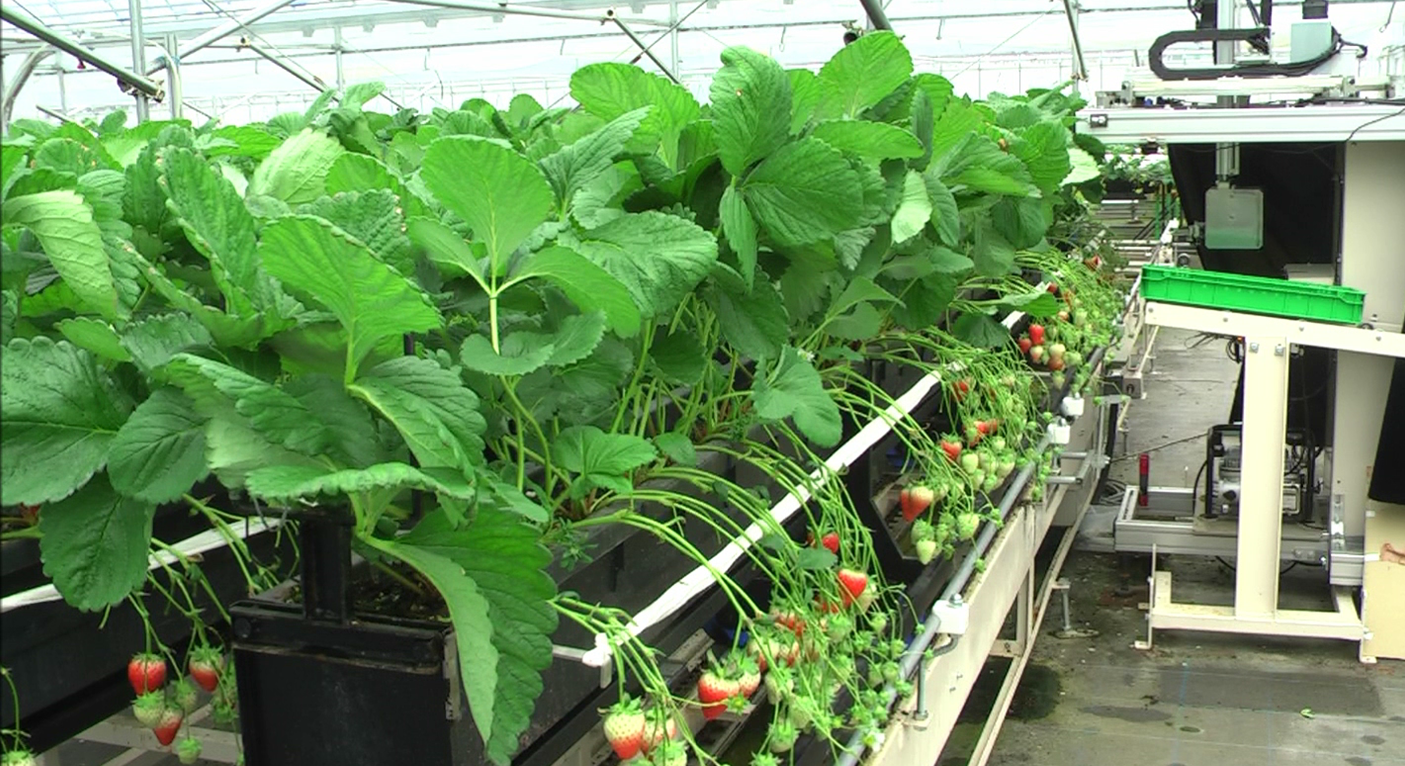
Strawberry harvesting robot
Source: National Agriculture and Food Research Organization (NARO)

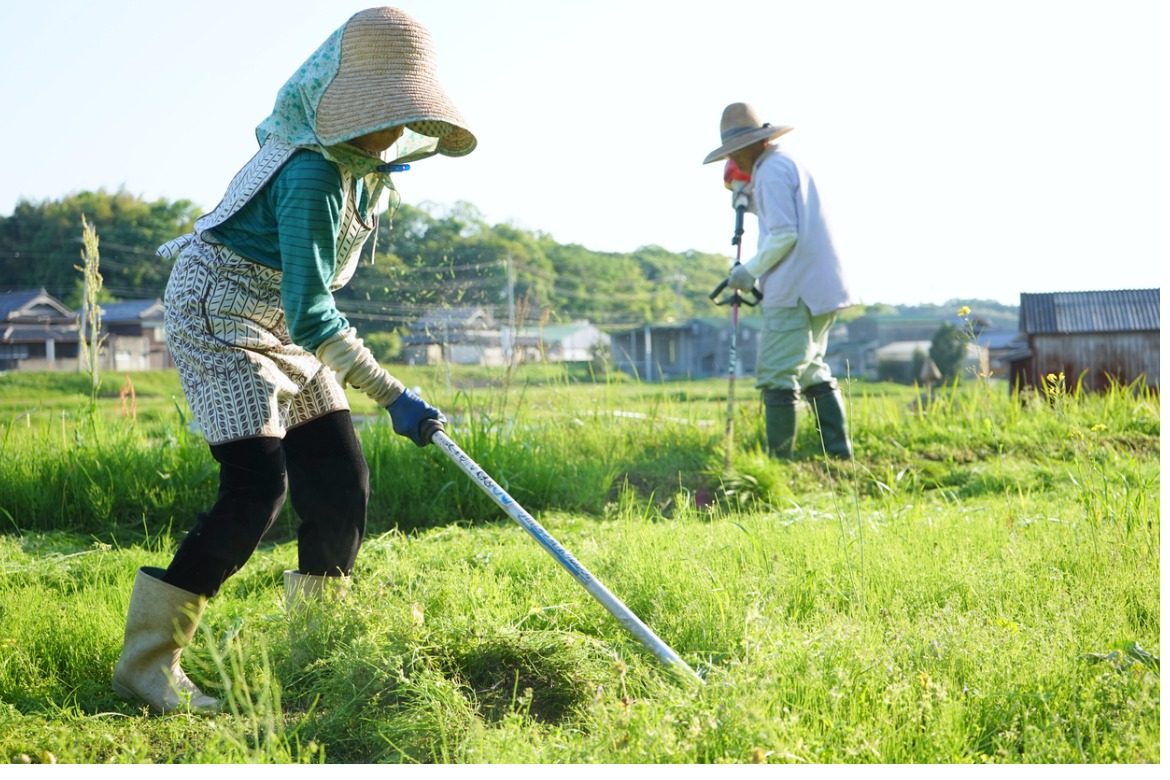
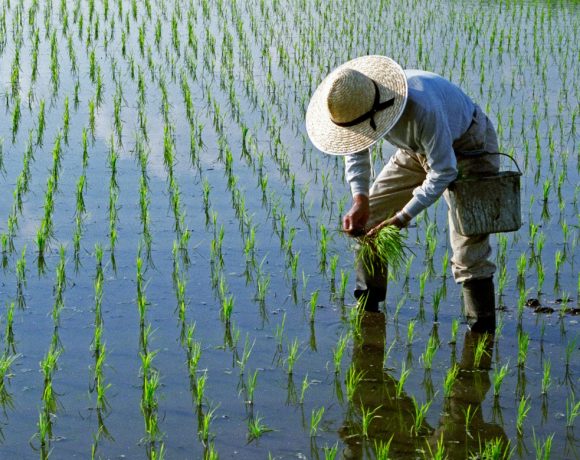
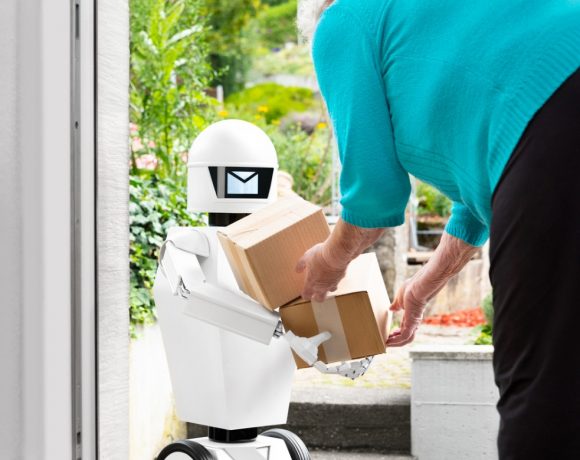
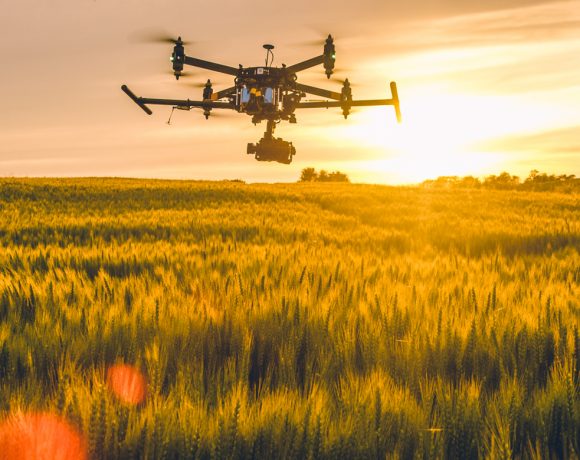

NO COMMENT